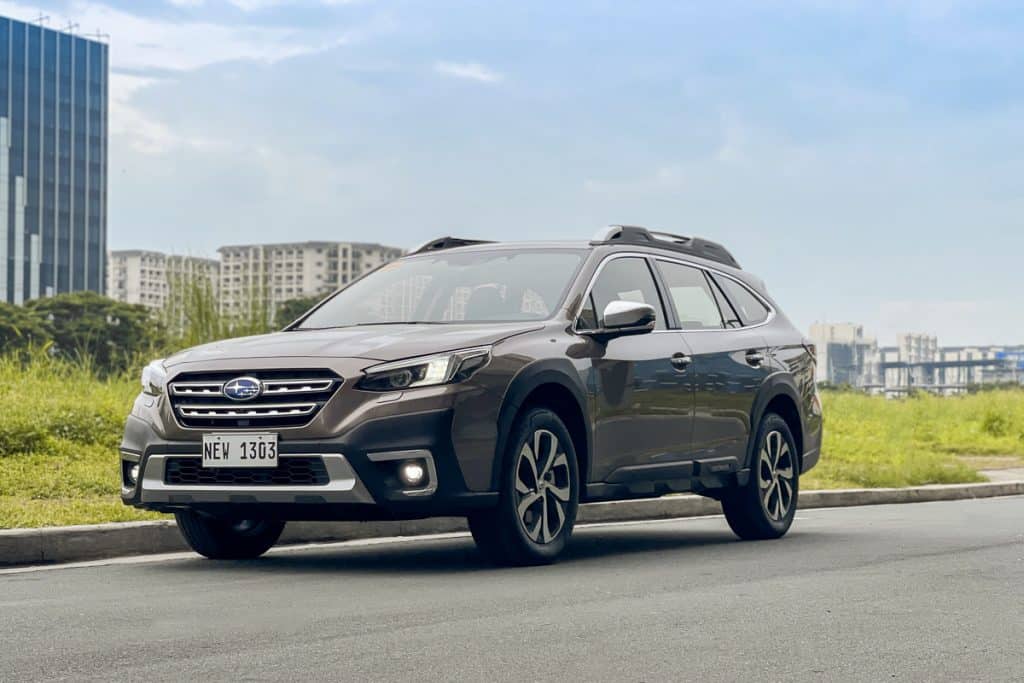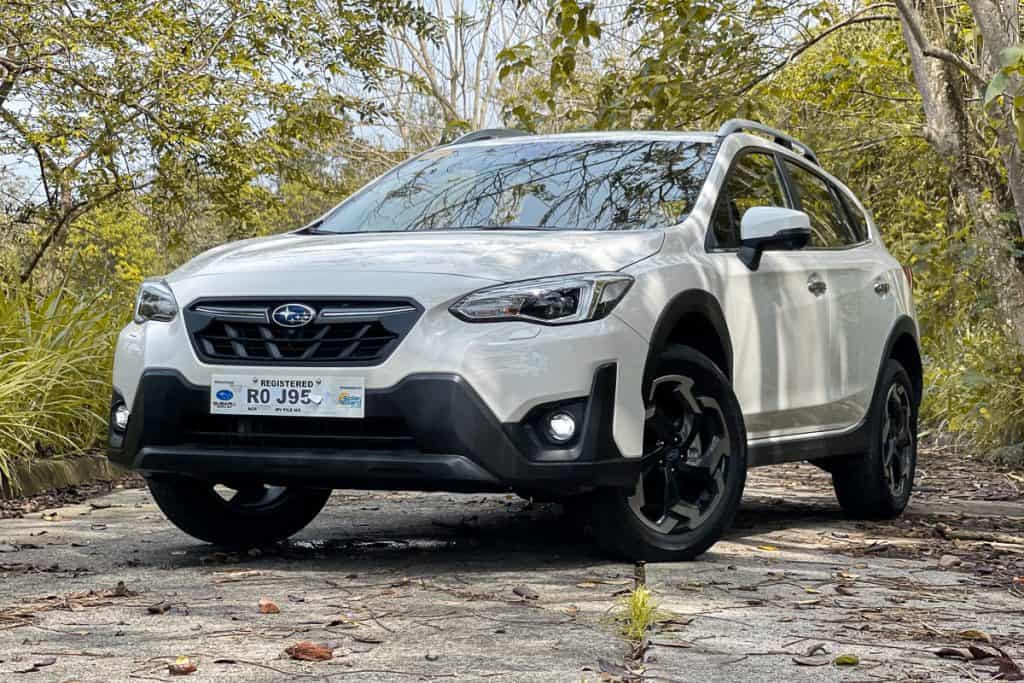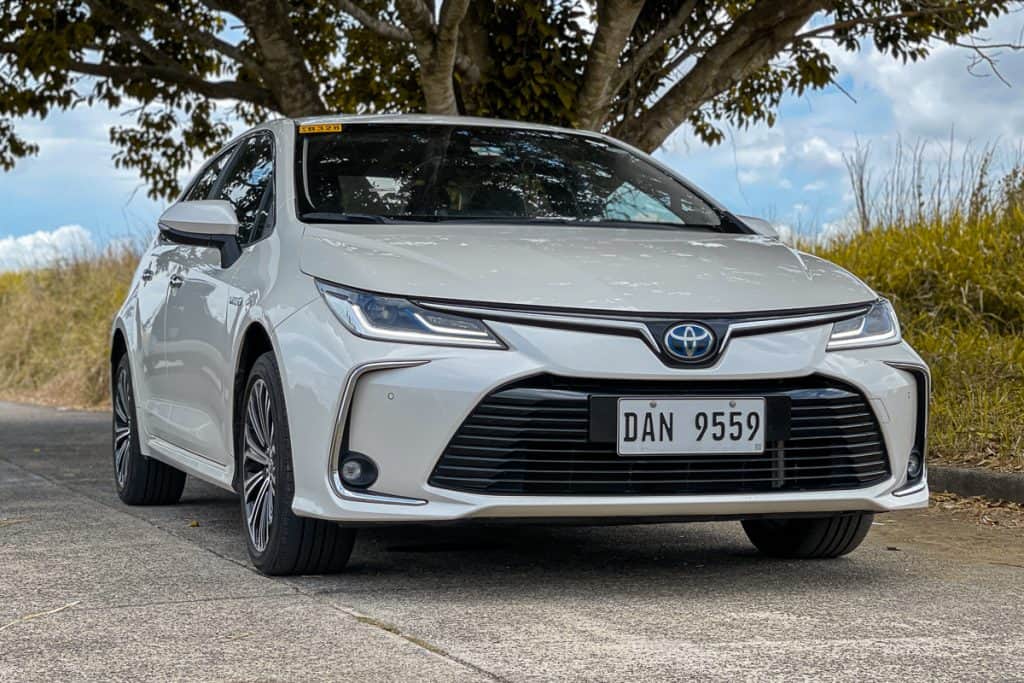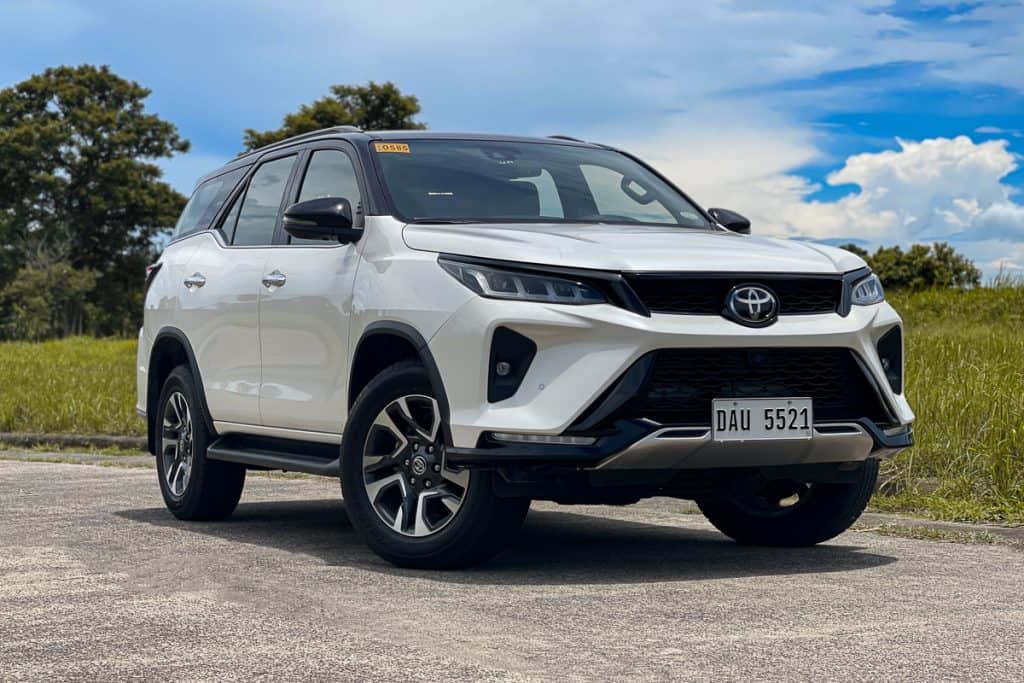Cars and technology are two things that always, always go hand-in-hand. Case in point: the recently concluded Munich Motor Show (formerly Frankfurt) showcased the most advanced pieces of automotive technology, which gives us a glimpse of the future.
In the Philippines, no matter how relatively slow compared to the rest of the world, technology is catching up. These days, a lot of car brands have already placed their bids in terms of advanced driving aid technologies.
Adaptive cruise control is one of those tech toys that are becoming available in a lot of cars locally. For the uninitiated, adaptive cruise control is like your standard cruise control, except that it brakes and accelerates the vehicle by itself through the use of either radar or visual sensors. It’s a bit complicated if we’re going to discuss the nitty-gritty but in a nutshell, adaptive cruise aims to make driving more relaxed and convenient.

Moreover, some adaptive cruise controls come with lane-keeping technology, which adds more to the driver’s convenience.
Of course, the technology would be different for each vehicle, along with their effectiveness and ease of use, so for the rest of the year, I’ll be testing eight car brands and their adaptive cruise controls on offer to see which ones are the best based on the parameters that I have set.
The Parameters
As adaptive cruise controls are primarily used in the highway, the primary focus of the comparison would be ease of use on speedways, specifically in South Luzon Expressway (SLEX). Braking and acceleration will also be judged, whether they’re safe and comfortable enough for complacency. More importantly, I will also consider how quickly (and safely) the systems react whenever a vehicle cuts into a lane – a commonplace on Philippine roads, unfortunately. Speed will be set at 90 km/h for all cars to be tested.

Another point of comparison would be the in-city usage of these adaptive cruise control systems. It will have similar categories (ease of use, braking, acceleration, and reaction to lane intrusion) but on a city setting, more likely to be tested on EDSA at speeds set at 50 km/h.
I will be using a point system, which will be giving the most points for the car with the best system on offer based on the categories I’ve set at the beginning of this comparison. And, as adaptive cruise controls are primarily for highway use, the points accumulated during highway tests will represent 60 percent of the final score, while in-city use will have the other 40 percent. The car with the most points at the end of the testing period will win.
The Cars
As of this writing, there are eight car mainstream brands in the Philippines that offer adaptive cruise controls in select cars. These are Honda (CR-V and Accord), Subaru (whole lineup), Toyota (Corolla Altis, Hiace Super Grandia, GR Yaris, Fortuner LTD), Ford (Territory, Everest Titanium, Ranger Wildtrak), Volkswagen (Lamando), Isuzu (D-Max and mu-X), Mazda (Mazda3, CX-30, CX-8 Exclusive, CX-9), and Mitsubishi (Montero Sport, Outlander PHEV).

At this point, I’ve already booked testing dates for 6 out of these eight car brands, with hopes to book the other two soon.
The Benchmark
While the whole Subaru lineup offers EyeSight technology, the all-new Subaru Outback that I recently tested will be the benchmark for these tests and comparison. In my opinion, the Outback and its EyeSight 4.0 offer the most advanced type of adaptive cruise control, which works in conjunction with a lane centering function.

Of note, the rest of the Subaru range uses EyeSight 3.0, which is the predecessor of the current version. And since only the Outback is equipped with the 4.0, I’ve decided that it doesn’t represent the local Subaru lineup for this comparison, so I’m going with the facelifted XV that the company launched this year.
Stay tuned for the full comparo coming soon..

